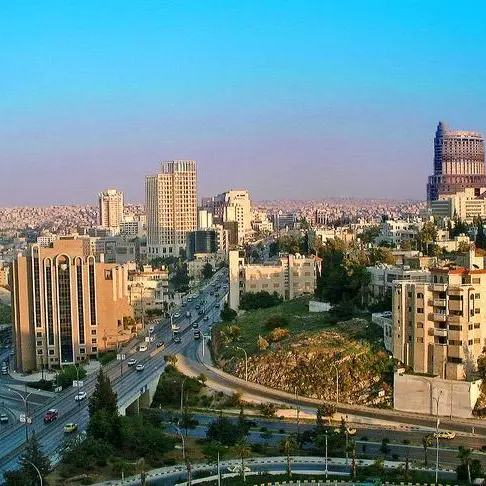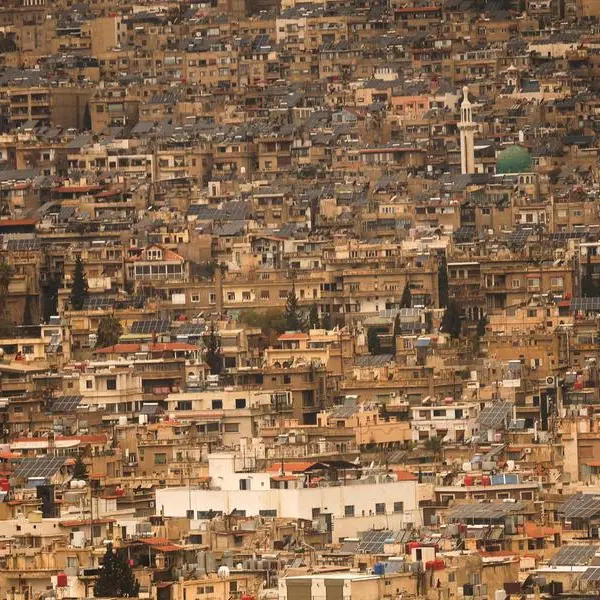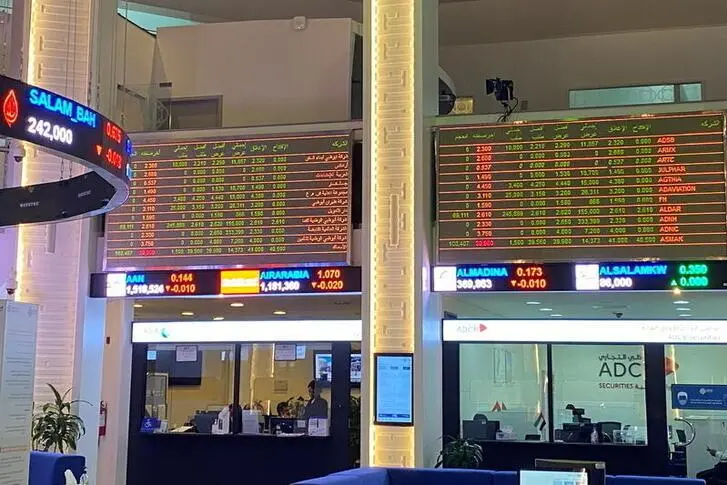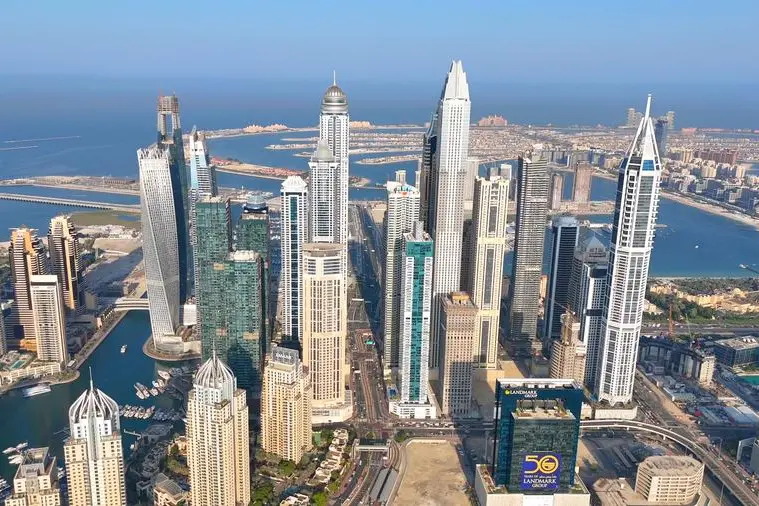PHOTO
General view of Amman, , on April 27, 2020. (Photo by Khalil MAZRAAWI / AFP) Image for illustration purpose.
AMMAN — Jordan’s gross domestic product (GDP) growth is expected to remain “unchanged” at 2.5 per cent in 2023, according to the European Bank for Reconstruction and Development (EBRD).
In its most recent Regional Economic Prospects report, published on Tuesday, the EBRD attributed this to lingering “global headwinds … and tight monetary conditions weigh[ing] down on private investment”.
It pointed out that the Kingdom’s economic growth stood at 2.5 per cent in 2022, “as acceleration in tourism was offset by slower growth in the mining sector”.
Moreover, the report stated that inflation rose from 1.3 per cent in 2021 to 4.2 per cent in 2022, mainly caused by the rise in global food and energy price “and reflecting electricity tariff adjustments introduced in April 2022”.
Aligning with the decisions of the US Federal Reserve, interest rate “hikes” reached a cumulative total of 425 basis points, it added.
“Medium-term growth will depend on the successful implementation of the government’s “Economic Modernisation Plan” to attract foreign direct investment,” according to the EBRD.
Its report also noted that a 2.5 per cent growth in 2024 could be supported through “stronger structural reforms momentum, more accommodative monetary policy and recovering trade flows”.
However, there are risks to that could threaten this outlook, it stated.
These mainly include “the erosion of competitiveness stemming from an overvalued exchange rate, potential disruption to global trade, regional instability and delayed implementation of structural reforms,” the report added.
It also zoomed in on the effects that repeated crises, including the COVID-19 pandemic, had on the finances of households in the EBRD regions.
Its findings are based on preliminary data from a survey administered by the EBRD in partnership with the World Bank between October 2022 and April 2023.
“Repeated crises weighed on the financial situation of households. On average, 55 per cent of households in the EBRD regions report that they cannot save, of which 10 per cent are running up debt (and as high as 21 per cent in the southern and eastern Mediterranean),” it noted.
Commenting on the report’s findings, Director of the Phenix Centre for Economics and Informatics Studies (PCEIS) Ahmad Awad noted that a 2.5 per cent growth rate, although not enough, is “predictable”.
“Achieving a higher growth is necessary to create jobs, reduce poverty and improve people’s living standards,” he told The Jordan Times.
However, the current global economic climate combined with the government’s rigid monetary policies, maintaining low wages and high indirect taxes, will ensure that the Jordan’s economic situation remains unchanged without any marked growth, said Awad.
He pointed out that although the Kingdom did manage to achieve a level of stability in a tough global climate, more is needed.
“The government’s current policies can’t contribute to achieving the goals of the Economic Modernisation Vision, that aims to reach a 5.5 growth level and create one million jobs within the next ten years,” he added.
Awad noted that there are various monetary tools that can be utilised by the government to push growth and alleviate the economic and social burdens people are currently dealing with.
This includes reducing the “high” margin between the lending rate and the deposit rate in Jordan in order to mitigate the impact of interest rate hikes, he said.
This will create a ripple effect of increased spending throughout various economic sectors and make it cheaper for businesses to borrow money, increasing their productivity and their ability to create jobs, which ultimately boosts the economy’s growth, Awad explained.
© Copyright The Jordan Times. All rights reserved. Provided by SyndiGate Media Inc. (Syndigate.info).


















